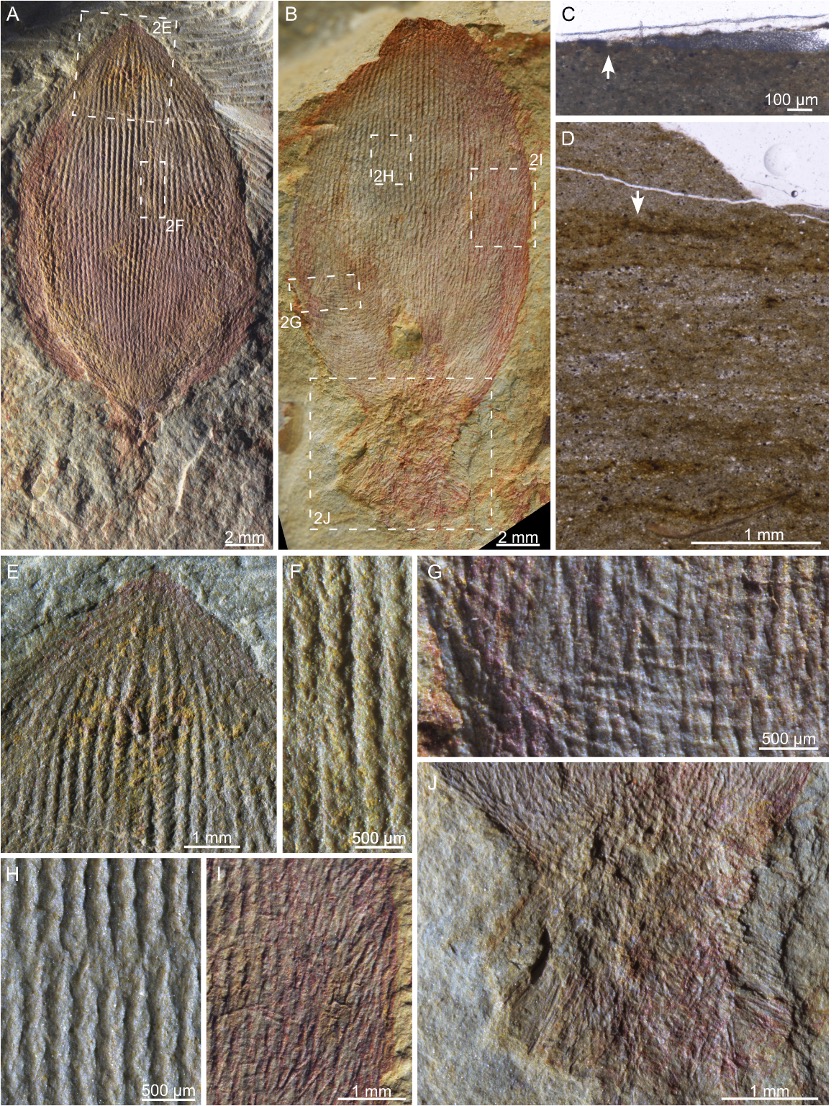Porifera represents one of the most basic metazoan lineages, distributed in a wide range of environmental settings since the early Cambrian. Previous studies have established that their ecological success can be attributed to (i) optimized morphologies and anchoring structures adapted to varying hydrodynamic and substrate conditions, and (ii) phenotypic plasticity. Many extant sponges modulate shapes, positions of oscula, spicule density, anchoring strategies, and so on, in response to environmental changes. Have these strategies remained almost unchanged since the early Cambrian, or have they been progressively shaped and refined over geological time?
A collaborative study by the Nanjing Institute of Geology and Palaeontology, Chinese Academy of Sciences (NIGPAS), Lee Kong Chian Natural History Museum (Singapore), and Chengdu University of Technology provides new insights into this question. The findings were published in Royal Society Open Science, with Associate Professor LUO Cui from NIGPAS as the first and corresponding author.
The studied Lotispongia helicolumna gen. et sp. nov. was collected from the Wulongqing Formation (Cambrian Stage 4), Yunnan Province. It belongs to the family Leptomitidae, which encompasses common Cambrian inhabitants of siliciclastic soft substrates but demised after the Ordovician. While conforming to leptomitid diagnostic characteristics, L. helicolumna exhibits a sophisticated set of features unprecedented in this family: (1) a robust body wall woven by spirally twisted monaxonic spicules; (2) a thick stub-like root tuft for anchoring; (3) spicules radiating out from the sponge body to prevent clogging and sinking; and (4) the inferred capability to close the osculum against unfavourable stimuli. Among these features, the spirally twisted monaxons are reminescent of the Cambrian fossil Kiwetinokia, but their presence in L. helicolumna likely represents an independent origin. Features (2) and (3) are common in extant soft-substrate sponges but unprecedented among Cambrian leptomitids. Feature (iv) is also common in modern sponges responding to adverse stimuli, but has not been documented in fossils.
These observations indicate that L. helicolumna had evolved some adaptive strategies comparable to extant sponges. However, morphometric analysis of 19 well-preserved specimens (out of the 78 collected specimens) reveals strictly similar lotus-bud-like morphologies regardless of size. This indicates that L. helicolumna lacked the morphological plasticity and modular aquiferous systems that endow the ecological success of modern sponges.
This unique case suggests that Cambrian leptomitid sponges may have significant differences from modern sponges in physiology. Although complex adaptive features could be achieved upon this ancient physiology, the absence of morphological plasticity may have ultimately constrained the persistence of these ancient sponge groups. This study offers novel perspectives for future investigation of early sponge evolutionary patterns and mechanisms.
This study was supported by the National Natural Science Foundation of China.
Reference: Luo, C., Hong, Y., Sun, Z., Sun, H., Lim, S.C., Wang, T., Zhang, L., and Zhao, F., 2025, Advanced adaptive strategies in an ancestral body plan: insights from a 510-Ma-old leptomitid sponge: Royal Society Open Science, v. 12, p. 251072, https://doi.org/10.1098/rsos.251072.

Fig. 1 The holotype (A, E, F) and a paratype (B, G, H–I) of L. helicolumna, and the thin sections cutting through a L. helicolumnaspecimen (C) and its host rock (D).

Fig. 2 A few paratypes of L. helicolumna, showing its morphological details.

Fig. 3 Morphometric analysis of L. helicolumna based on 19 specimens.

Fig. 4 Endopsammic demosponge Spheciospongia sp. from Singapore, with the oscula closed (A) and open (B).
Download:
